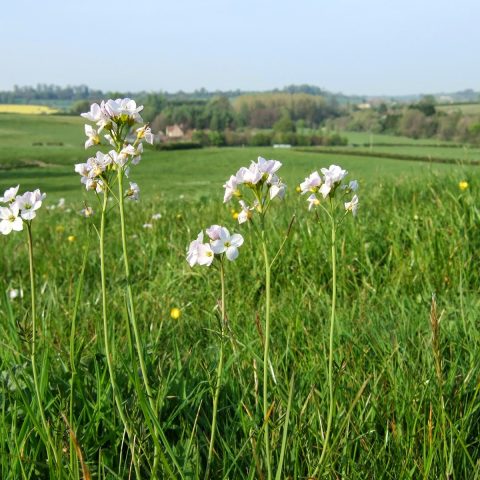Brent Bee Corridor's Story
The decline of wildflowers is a factor behind the drop in pollinating insect numbers in the UK, something that the Urban BESS project has scientifically measured by looking at introducing perennial meadows into urban areas.
Not surprisingly, open green spaces consisting of a few species of turf grass offer little in the way of wildlife habitat. Regular mowing maintains a landscape that is mostly barren as it prevents plants from flowering and producing seeds.
Deciding to manage these green areas differently, Brent Council sowed wildflower meadows across some of the borough's parks and open spaces to create a seven-mile-long "bee corridor". The team also curated the mix of wildflowers to encourage a host of different pollinators to return.
Useful Learnings from Brent Bee Corridor
Maintained lawns can be made into important wildlife habitats by changing how they're managed.
Can be challenging at first. No one liked the long grass, takes time for the wildflowers to appear. Fast track with a mix of seed types.
Engage local residents: give away free wildflower seeds, involve community groups, and produce infographics to explain the annual lifecycle of meadows.
Saves money by reducing the number of times grass has to be cut, from 16x per year to once.
Brent Bee Corridor's Metrics
Return/increase in pollinators locally.
Positive feedback from local residents in surveys.
Ongoing money saved from reduced mowing.






